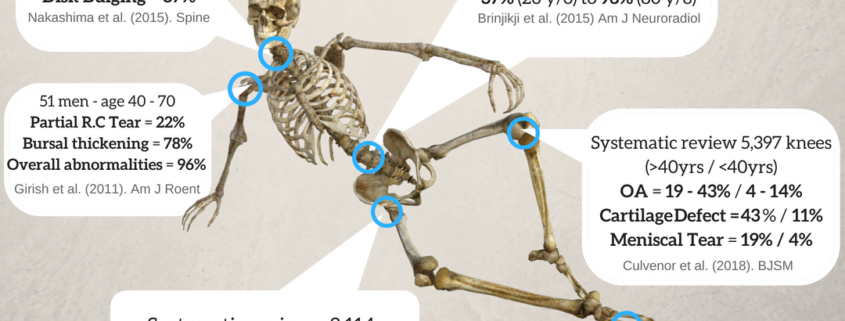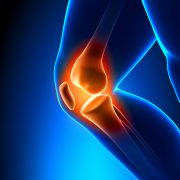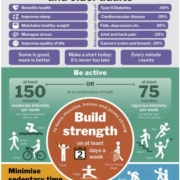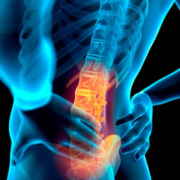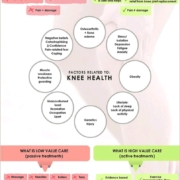Back Pain Evidence and General Musculoskeletal Care Recommendations
Back Pain +
Back pain is just one of the many conditions that we treat at the clinic, however it is one of the leading causes recurring of pain and functional disability. Here we are looking at evidence based practice through the lens of back pain.
The articles you can click on below are from The Lancet and the British Journal of Sports Medicine- both high quality, peer reviewed journals.
You might have questions about your pain and the articles highlight what works and what does not.
It is always our goal to get lasting results for patients in the fewest visits possible. Hopefully you find this information useful.
Why we need to pay attention:
Prevention and Treatment: Evidence, challenges, and promising directions:
https://tinyurl.com/LBPRxDirection
What does best practice care for musculoskeletal pain look like?
https://tinyurl.com/MSKGuidelines
The challenges ( a few examples….)
1. Overuse of imaging: between 25% and 42% of patients with low back pain (LBP) undergo imaging even though its routine use is discouraged and associated with harms.
2. Sixty nine per cent of general practitioners would refer patients for radiography at first presentation of rotator cuff tendinopathy and 82% would refer for ultrasound despite findings demonstrating a poor relationship of imaging findings with symptoms.
3. Overuse of surgery: knee arthroscopy for knee osteoarthritis is not recommended, yet its rate of use in the general US population increased from 3% to 4% from 2006 to 2010. The rates of shoulder subacromial decompression and rotator cuff repair have increased markedly even though
surgical outcomes are comparable with exercise-based rehabilitation or sham surgery.
4. Overuse of opioids: the efficacy of opioids for MSK pain management is questionable for both chronic and acute MSK pain conditions. The early use of opioids has been associated with poorer outcomes in LBP care. Although limiting the use of opioids is recommended, there is increasing use and an ‘epidemic’ of prescription opioid related harms.
5. Failure to provide education and advice: these are cornerstones of managing MSK pain conditions, yet only 20% of patients with LBP were given advice and education in a primary care setting. (We are trying to help give you the evidence…)

